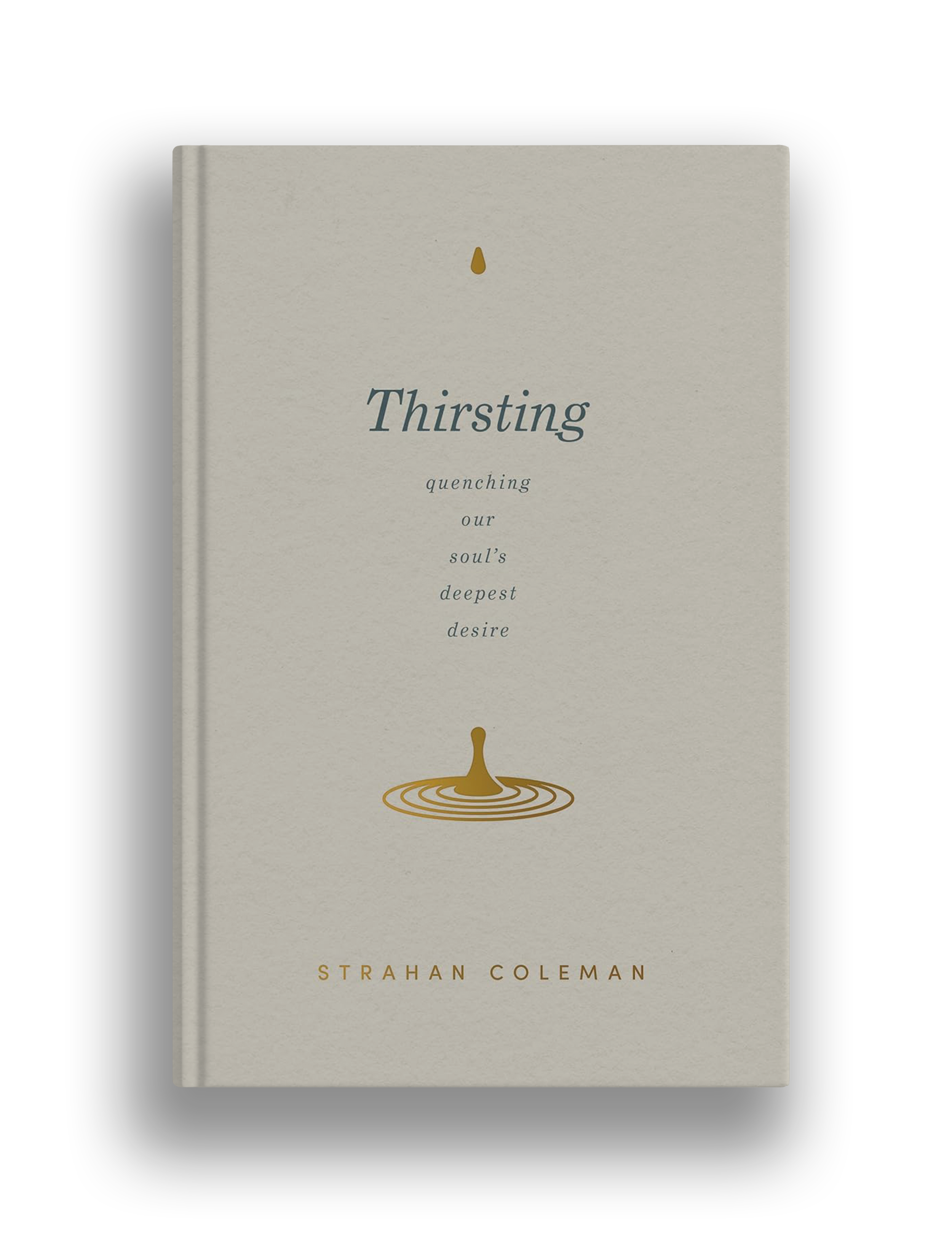
Hunger and Thirst
The transformative power of prayer and fasting
For thousands of years, prayer and fasting have been fundamental spiritual practices for the people of God and followers of Jesus. The intention of these practices include (though are not limited to) drawing us into closer ongoing communion with God, alignment with his will and purpose for our lives, and an increased openness and experience of his power and presence in and through our lives.
These recommended rhythms and resources on this page are intended to help you dive deeper, as you’re ready, into these transformative practices. As we do, may we remember that it is not the practices themselves that change us. Rather, it is God by his Spirit, whom we encounter, experience, and engage more deeply through these practices, who does the transformative work.
PRAYER RHYTHMS + RESOURCES
“And so I urge you: carry on an ongoing conversation with God about the daily stuff of life… do not worry about ‘proper’ praying, just talk to God.”
- Richard Foster
Praying breath prayers
Breath prayers are short, meditative prayers rooted in the ancient Christian tradition, designed to align one’s breathing with awareness of and a stated longing for God’s presence, power, and provision. As an example, one of the most well known breath prayers, known as the “Jesus Prayer,” moves this way:
Inhale and pray: “Lord Jesus Christ…”
Exhale and pray: “...have mercy on me, a sinner.”
25 breath prayers for various moments of life:
Praying the Lord’s Prayer
When the disciples asked, “Teach us how to pray,” Jesus responded with what we commonly know today as “The Lord’s Prayer” (Matt 6:9-13; Lk 11:2-4). Praying the Lord’s Prayer is both formative and communal, aligning our hearts and minds with God’s will while uniting us with the historical and global church in a shared expression of dependence, worship, and submission to God and his kingdom.
We can begin simply by praying the Lord’s Prayer as originally spoken by Jesus. Click the “+” below for a more personalized way to pray the Lord’s Prayer.
-
Our Father in heaven, hallowed be your name…
Your kingdom come, your will be done… (in my life, in my family’s life, in my workplace, in my school, in my relationships, etc)… as it is in heaven.
Give (me, my family, my friends, my kids) today our daily bread (for our specific needs and provisions for the specific situations and circumstances we’re facing).
And forgive us our debts (my specific sins)... as we forgive our debtors (the specific people whom I need to forgive).
And lead us not into temptation (the specific broken longings and desires that are tempting me most) but deliver us from the evil one (the specific brokenness I find myself stuck in, from which I need deliverance).
Praying the Examen
The Daily Examen is a prayer practice first developed and practiced by St. Ignatius of Loyola in the 16th century. It is designed to help us discern and experience God’s presence in our daily lives; to cultivate gratitude, self-awareness, and spiritual formation by reviewing the day with God.
The Daily Examen is ideally prayed at the end of our day, giving us a chance to reflect back and look ahead, and involves five movements of prayer examination with God. Click the “+” below to read it in full.
-
Invite: We begin by inviting God to make us deeply aware of his loving presence, here and now.
Give Thanks: We consider one positive experience from the day and thank God specifically for that experience.
Reflect: We reflect on the various emotions we felt that day and pay special attention to the painful ones, offering those emotions to God.
Confess: We reflect on any specific sin from the day, confessing it to God, repenting of it, and experiencing his forgiveness and grace.
Look Forward: We look ahead to one specific need in the day to come and ask God to provide in whatever way he deems best.
How can we pray for you?

Hearing God
by Dallas Willard
Praying like Monks, Living like Fools
by Tyler Staton
How to Pray
by Peter Grieg
Prayer
by Timothy Keller
Fasting RHYTHMS + RESOURCES
“Fasting cleanses the soul, raises the mind, subjects one’s flesh to the spirit, renders the heart contrite and humble, scatters the clouds of concupiscence, quenches the fire of lust, and kindles the true light of chastity.”
- Thomas Aquinas
Partial Fast
A partial fast is a focused fast from specific foods during specific times while continuing to maintain energy for daily responsibilities.
We choose a specific food restriction (e.g. no meat, sweets, or processed foods) for one day or fast from all food for a specific window of time (e.g. sunrise to noon)
We drink water and, if needed, simple liquids (like herbal tea or juice) to sustain energy during the fast
We spend the time we would’ve spent eating in prayer, reading and meditating on Scripture
We break the fast with a simple, nutritious meal, avoiding indulgence
24-Hour Fast
A 24-hour fast is a structure fast that abstains from food for an entire day while maintaining hydration.
We eat a normal dinner, then fast from food until the next day’s dinner
We drink plenty of water, and if needed, herbal tea or broth
When hunger arises, we allow the physical longing to remind us of our soul’s desperate need for God and spend that time in prayer, reading and meditating on Scripture
We break the fast with a simple, nutritious meal, avoiding indulgence









